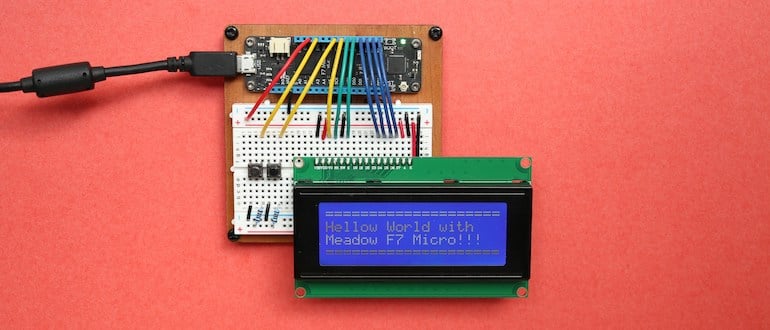The Internet of Things (IoT) has brought plenty of benefits to companies and consumers, allowing businesses to track inventory in their supply chain, landlords to measure their tenants’ energy consumption, and pet owners to find a lost cat. It’s become a significant part of the Internet infrastructure, too. The number of global IoT connections grew by 18% in 2022 to 14.3 billion active IoT endpoints, with no end in sight.
But for all the technology’s advantages, it also presents new security challenges. IoT technology uses network connections to facilitate communication between devices and systems. When devices are IoT-enabled, they can collect and transmit data in real-time, enhancing efficiency, safety and convenience across various applications and industries. All that enables great technological feats… and gives bad actors new opportunities.
IoT device scale and diversity: Each device, from smart refrigerators to industrial sensors, operates with different technical architectures and security capabilities. This diversity makes it difficult to implement a one-size-fits-all security strategy. The sheer number of devices connected to the Internet makes it challenging to secure every endpoint against potential breaches.
Proliferation of security vulnerabilities: IoT security vulnerabilities typically arise from inadequate security design and practices. Many IoT devices lack robust security features due to cost constraints or oversight, leaving them susceptible to attacks. Devices could be shipped with default, easy-to-guess passwords, or without the capability to be updated or patched, making them easy targets for hackers.
IoT ecosystem complexity: IoT ecosystems typically involve multiple interconnected devices and systems, each adding layers of complexity in terms of management and security. Managing these systems requires careful coordination and a clear understanding of how information flows and is processed within the network. This complexity often results in security being an afterthought or being inconsistently applied.
.ai-rotate {position: relative;}
.ai-rotate-hidden {visibility: hidden;}
.ai-rotate-hidden-2 {position: absolute; top: 0; left: 0; width: 100%; height: 100%;}
.ai-list-data, .ai-ip-data, .ai-filter-check, .ai-fallback, .ai-list-block, .ai-list-block-ip, .ai-list-block-filter {visibility: hidden; position: absolute; width: 50%; height: 1px; top: -1000px; z-index: -9999; margin: 0px!important;}
.ai-list-data, .ai-ip-data, .ai-filter-check, .ai-fallback {min-width: 1px;}
Decentralized network devices: As security threats evolve, IoT software must adapt through regular updates to address new vulnerabilities. However, the decentralized and widespread nature of IoT devices complicates the updates’ delivery. Ensuring all devices are consistently updated is challenging when devices are geographically dispersed or lack remote update capabilities.
Enter DevSecOps
Most organizations that are cognizant of security are familiar with the concept of DevSecOps and likely employ people in that role. DevSecOps introduces a security-first mindset to the DevOps process, ensuring that security and compliance measures are integrated from the start. The main objective is to create a collaborative environment where the security, development, and operations teams work together to address security issues, reducing the potential risks and vulnerabilities.
As in other software development projects, it’s important for programmers and system designers to work with the security team and DevSecOps in particular.
Incorporate automated security testing tools into the CI/CD pipeline: This helps address security throughout the IoT development process. These tools automatically scan for security vulnerabilities in the code from the earliest stages of development through to deployment, making it easier to identify issues before production.
Ensure all IoT devices are securely provisioned: By securing these devices from the point of manufacture, it becomes harder for unauthorized users to gain access or compromise the device.
Implement MFA: Multi-factor authentication (MFA) requires users to provide two or more verification factors to gain access to IoT devices, adding an additional layer of security beyond just username and password. This authentication method is particularly important in IoT environments, where devices often collect or disseminate sensitive data.
Establish regular update processes: Establishing a process for regular firmware and software updates is critical in maintaining IoT security. These updates often contain patches for recently discovered vulnerabilities that could be exploited by attackers. Ensuring that IoT devices are always running the latest version of software helps protect them from such threats and maintains system stability and performance.
Plugging In
The integration of DevSecOps principles into IoT development is useful for addressing the myriad security challenges posed by the diverse landscape of IoT devices. By embedding security practices at every stage of the IoT development lifecycle, from design through deployment, organizations can significantly enhance the security and integrity of their IoT ecosystems.
This approach not only mitigates risks such as unauthorized access and data breaches but also supports the seamless and secure operation of IoT devices. As the IoT continues to evolve, embracing DevSecOps will be crucial for ensuring that innovations in this space are both robust and reliable, safeguarding the digital and physical assets they control.
Photo by Jorge Ramirez on Unsplash
This post was originally published on the 3rd party site mentioned in the title of this this site




